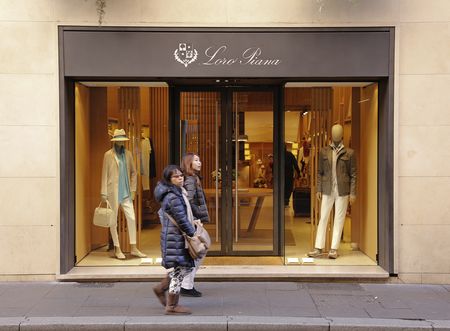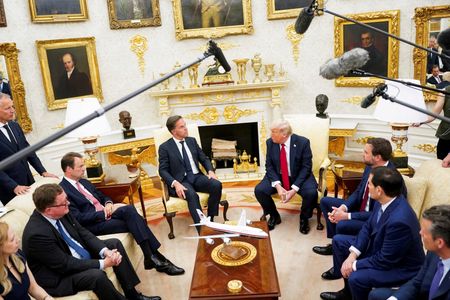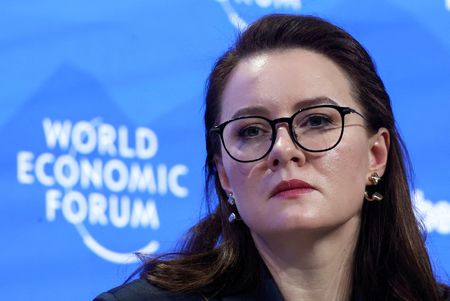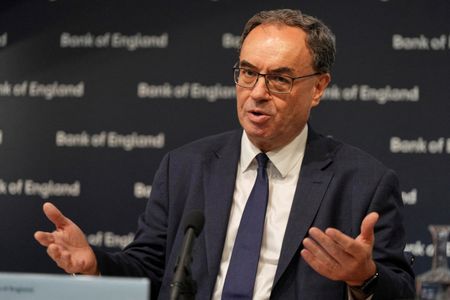By Amanda Cooper
LONDON (Reuters) -German 30-year government bond yields hit their highest in nearly two years on Monday and 10-year yields their highest since early April as investors looked through the latest tariff news to focus instead on the impact of rising Japanese yields.
Longer-dated bond yields have been rising around the world on the back of broad investor fears about the scale of government debt.
Germany’s 30-year yield rose as high as 3.26% on Monday, its highest since October 2023. A break past the 3.26% hit then would take it to its highest since August 2011.
Benchmark Bund yields rose to as much as 2.737%, their highest since March 28, a few days before U.S. President Donald Trump’s original “Liberation Day” tariff reveal.
“Today there is definitely spillover from Japan,” Reinout de Bock, head of European rates strategy at UBS, said.
German yields have been rising as investors brace for increased bond issuance after parliament earlier this year approved plans for a massive spending surge, particularly on defence and infrastructure, hoping to revive economic growth.
The yield on the 20-year Japanese government bond rose 12 bps on Monday to its highest since 2000, and 30-year yields rose 13 bps. [JP/]
Japanese moves “become a concern in the sense that they have a lot of foreign bonds, and so what (Japanese investors) might not do is to reinvest their redemptions and coupons back into France or into the U.S.” Jens Peter Soerensen, chief analyst at Danske Bank, said.
“I’m not super worried about it, but … as long as the Japanese yields rise in the long end, then there will be some kind of impact, because it’s the same measures that drive also European yields.”
TARIFF SHRUG
Also in the mix was the latest trade news, after Trump said on Saturday he would impose a 30% tariff on most imports from the European Union from August 1.
But markets have largely looked through the news, with European shares only down slightly, the euro flat against the dollar, and bonds seeing no real safe haven rush. [MKTS/GLOB]
“The latest tariff threats of 30% on EU goods are above the upper end of the recently discussed ranges, but with negotiations still progressing until the 1 August deadline, any risk-off and subsequent support for Bunds looks set to be limited at best,” Commerzbank rates strategist Hauke Siemssen said.
“After all, Trump has repeatedly threatened substantial tariffs but extended deadlines in the subsequent days,” he said.
French 10-year bond yields rose 2 bps to 3.43%, after President Emmanuel Macron on Sunday announced a plan to push forward defence spending, pledging to double the military budget by 2027, three years earlier than originally planned.
His government is already struggling to make 40 billion euros in savings in its 2026 budget.
Italy’s 10-year yield was up 1.5 bps at 3.62%, leaving the closely watched spread between Italian and German yields at 88 bps.
“Everybody’s hiding behind Germany,” said Soerensen.
“That’s why you see spreads like Germany versus Italy and so on tightening, because supply is quite high from Germany and increasing quite significantly. And the rest are trying not to increase as much.”
(Reporting by Amanda Cooper, Yoruk Bacheli and Alun John in London; Editing by Kevin Liffey, Andrew Cawthorne and Andrew Heavens)










